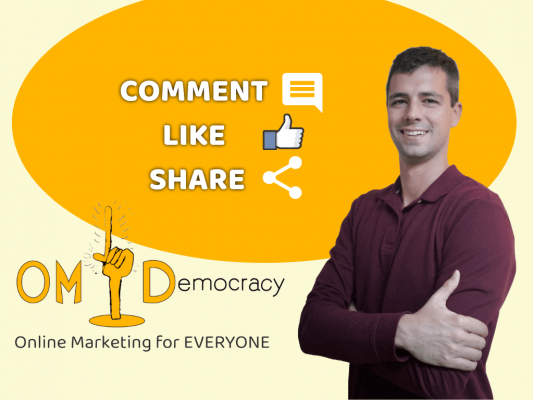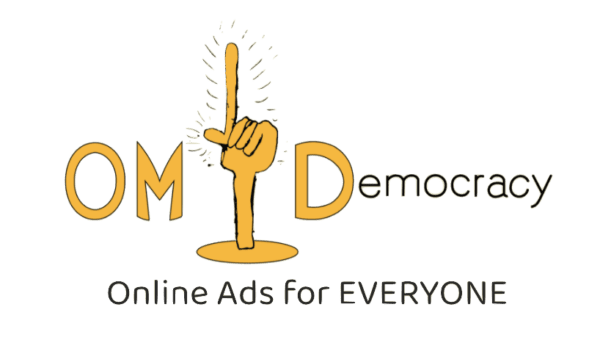Facebook retargeting ads: top rules to get you started [2022]
- Written by Federica
- 10 min read
![Facebook retargeting ads: top rules to get you started [2022]](https://omdemocracy.com/wp-content/uploads/2022/06/Facebook-retargeting-ads-top-rules-to-get-you-started-2022-768x576.png)
It will be worth reading this article if you are a beginner, ready to set up your first Facebook ad campaign,
or if you are already running Facebook ads campaigns, but not yet retargeting ads.
Retargeting is a great way of boosting profits, these ads usually cost less and convert more.
You can’t miss running retargeting ads, since it would be a great loss!
By reading this post, you will discover the top rules that will help you to get started.
Step-by-step you will understand why retargeting ads are so useful for the outcome of your campaigns
and why at OMDemocracy.com we consider it a MUST DO.
If by the end of the post you realize that you want to know more about it
or you would like to have expert advice, feel free to reach out to us for a free consultation!
Now, it’s time to get started, for real!
TOPICS COVERED
- WHAT’S RETARGETING?
- WHO ARE THE USERS TO RETARGET?
- FACEBOOK RETARGETING ADS: STRATEGIES FOR THE USER ENGAGEMENT PHASES
- BRAND AWARENESS STAGE
- CONSIDERATION STAGE
- CONVERSION STAGE
- RETENTION STAGE
- EXTRA
- CONCLUSION
What's Retargeting?
Let’s begin with the basics.
Retargeting is an advertising strategy, also named remarketing.
This method is used by most marketers, since a user who has already shown interest in your product
or service is more likely to convert than a user who is unfamiliar with your product.
According to Invesp, “retargeted customers are 3 times more likely to click on your ad than people who haven’t interacted with your business before.” After all, focusing on ads for warm audiences can be more powerful than expected, right?
Your main goal is just to persuade the users who visited your site or saw your ad, and left for any reason, to return and convert before they throw themselves into the competitors’ arms, which you don’t want!
How do you discover the users to target?
You can track users through the Facebook Pixel, which enables you to track the various user activities.
For example, if they converted, which product/service they viewed or added to cart.
This is precious information which signals the various interests stages of the users.
Now that you have the information, let’s have a look at the profiles of users we usually retarget.
Who are the Users to Retarget?
You will retarget users who in someway took actions in your favor.
When it’s time to choose them, your choice will fall into these categories of users:
- leads or customers of whom you collected the emails (also called “custom lists”)
- users who interacted with your website (also called “website visitors”)
- users who interacted with your social media pages (e.g. your Facebook-, TikTok- or LinkedIn page)
- users who liked your posts or watched your videos
But, why didn’t these users convert?
In our hyperconnected world, it’s easy to be distracted when navigating the Internet.
We tend to multitask and this reduces our attentional scope.
The outcome is that users can land on your website and leave it within a few minutes.
There could be plenty of reasons why a user didn’t convert. Let’s mention some examples below:
- got distracted by an email or phone call
- got distracted by another website
- unsure to buy your product or service
- wanted to make a comparison with other competitors
BONUS TIP:
Segment your audience, but not too much. The minimum size should be 1000 people.
If your Facebook campaign contains fewer people, the algorithm will have little data to reach your audience properly.
These users are your potential customers.
Retargeting is your weapon to persuade them back. It’s time for you to take advantage of it!
Nonetheless, it’s important to know some strategies to persuade the users according to their level of engagement.
Facebook Retargeting Ads: Strategies for the User Engagement Phases
To be sure you’re correctly persuading your potential customers, the content you convey through your ads and the customer’s journey stage should match.
The message of your ad can’t be the same for everyone.
Ok, but how do you understand the level of customer engagement?
The customer’s journey represented in the classic funnel below will surely help you:
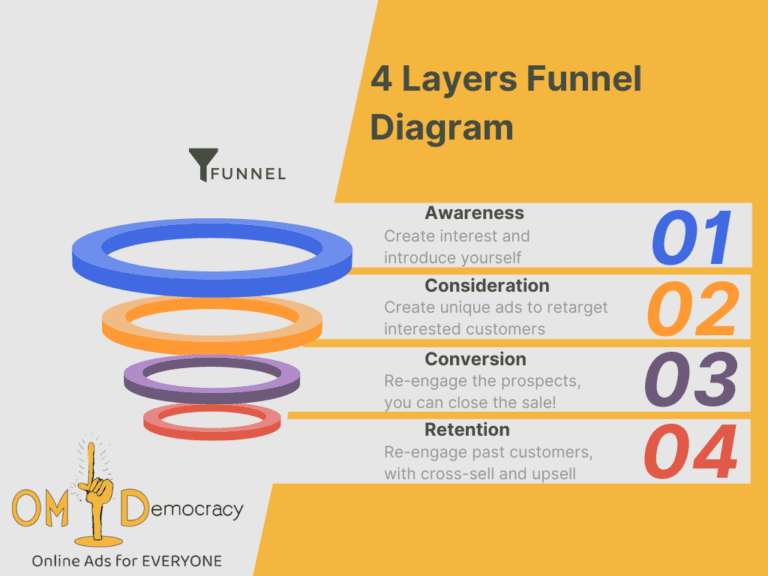
Once you have the data, here are some strategies to retarget your users successfully
according to their engagement stage.
Brand awareness stage
If a customer doesn’t know your product and/or service, he/she will hardly convert the first time he/she sees your ad. It’s now time to plant a seed of interest in them.
Therefore you should opt for retargeting cold audiences continuously and reasonably,
for them to get used to your brand.
At this point, you shall reinforce interest and awareness of what you offer.
Achieving brand awareness means increasing brand recognition in users’ minds.
Repetition can help you to reach this goal: be memorable to your target audience.
Retargeting cold audiences can be effective if the content of your ads focuses on your story.
You need to describe your brand’s vision, your products and your value.
Videos or carousel ads are the best tools to do that.
You can create a storyline and explain the major points behind your brand.
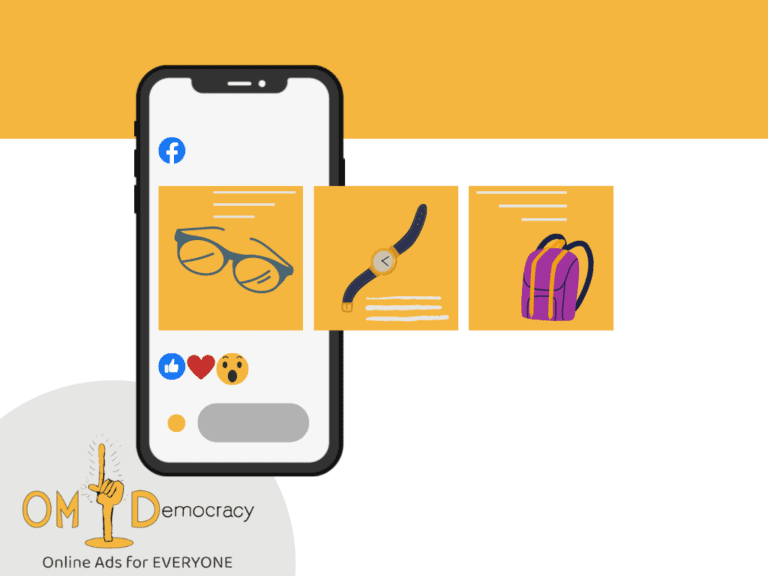
So, now that you received the first tip you’re ready to reach the second stage of the funnel.
Consideration stage
So, if you made it till here, it means that by now your potential customers know you
and you’re not completely unknown. Well done!
These users may have researched various products, including yours now that they know you exist.
They may have compared various brands, including yours.
They have an idea of what they want but they are still analyzing the options.
They probably visited your website and some products in particular.
And this is where you come in, showing the interested users the products they loved the most.
Dynamic ads are really helpful in this case. They allow you to show your potential customers the products they checked on your website or online catalog.
Another method worth using are sequencing ads.
Sequencing ads are a series of ads shown to your potential customers
designed in a way that guides them towards conversion.
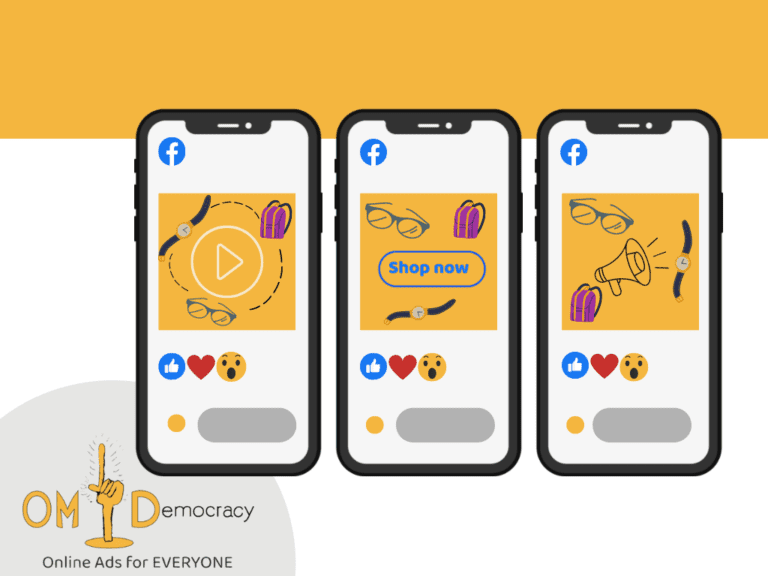
After being exposed to the above mentioned ad strategies,
some of the users will finally add a service/product to the cart
or even visit your checkout page,
sliding therefore through the funnel and reaching the conversion phase.
Conversion stage
- Remind your potential customers of abandoned carts → show them the product they like through your ad and redirect them to the exact point where they left, that is the checkout, to complete the purchase.
- What if the users left more than once? There could be a good reason behind it. Think about it: a good offer just for them could be an effective strategy to get them back. Show them a special offer in your ad and they’ll surely complete the purchase!
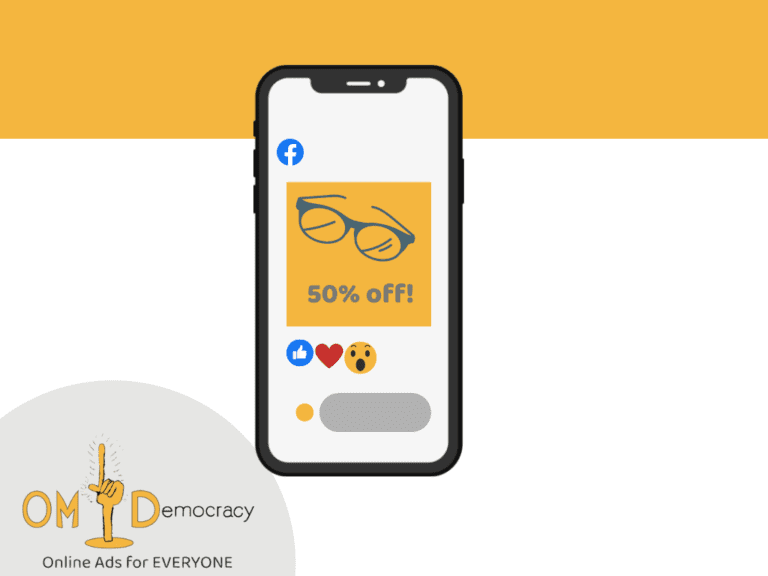
Retention stage
You thought it would be enough to convert a user, but it’s wrong!
We still didn’t reach the end of the funnel. More than ever it’s time for you to re-engage your customers after they convert, to make them loyal to your brand.
To create this continuity, some strategies such as cross sell and upsell can help you. Let’s see what is it about:
- Cross sell: It’s a strategy used to encourage customers
to buy a related product/service to the one that has already been purchased
or is going to be purchased. Do some examples of cross-selling come to your mind?
If the users are interested in a notebook or a diary,
we’ll probably offer them a pen or pencil too.
- Upsell: You can show your visitors higher-end products similar to the ones they already bought.
If they are past customers they will be more inclined to make this upgrade.
These are both strategies that will add value
to the buying experience for you and your customers.
On one hand,
the customers will be satisfied because you probably showed them an item they didn’t know.
On the other hand, you managed to increase your sales.
It’s a win-win situation!
Extra
And now, before the conclusion, OMDemocracy.com wants to give you 2 final tips:
- Exclude who already converted (in the lower funnel steps).
Exclude users in lower funnel stages from ads campaigns of higher funnel stages.
If your user is in the conversion stage, she will have no interest in seeing your brand awareness ads.
- Keep your ad frequency in check.
According to an analysis by AdEspresso, ads with a very high frequency impact campaigns negatively.
Don’t show your ad too often, or you’ll annoy your potential customers!
Remember: this is especially true for ads in the consideration, conversion, and retention stage!
(On the other hand, reinforcing the brand presence through repetitive exposure can have beneficial results for ads targeting users in the brand awareness stage)
Conclusion
You did it, you reached the end of the funnel…article!
You are ready to set up your first Facebook retargeting campaign
or at least you now understand why for us in OMDemocracy.com it is a must!
Will you set up your first Facebook retargeting campaign?
Is it a must for you too?
Are there strategies you would like to add?
Then let us know in the comment section below!
